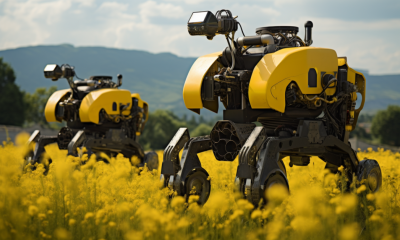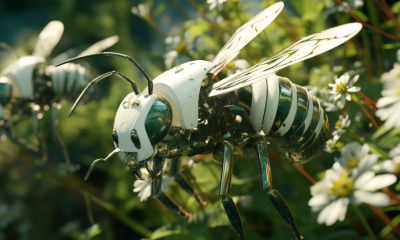Agriculture
Protecting Honeybees from Asian ‘Murder’ Hornets with AI’s Help
Securities.io maintains rigorous editorial standards and may receive compensation from reviewed links. We are not a registered investment adviser and this is not investment advice. Please view our affiliate disclosure.
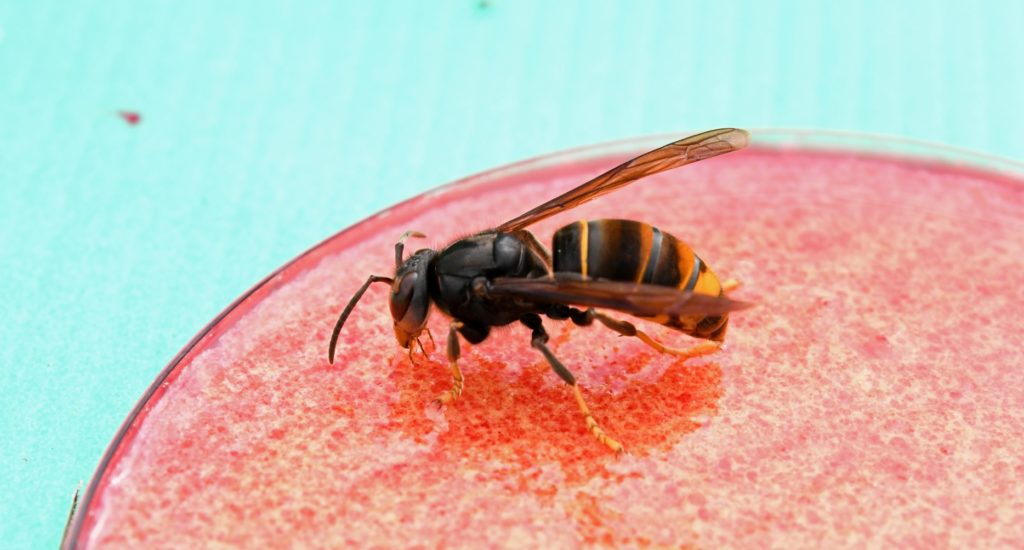
Hornet Invasion
“Murder” hornets, also known as Asian hornets, yellow-legged hornets, Asian predatory wasps, or by their scientific name Vespa Velutina, are an invasive species that prey on honeybees.
Containing its expansion has been a struggle and mostly a lost battle so far, with the species spreading in East Asia, Europe, and even recently, North America.
So far, efforts to limit their spread have relied on manual identification by volunteers, beekeepers, and environmental agencies. However, this has proven to be inefficient, with plenty of false alarms and too many hornet nests staying undetected. With every undetected nest spreading new queens every year, the multiplication of this invasive species is turning exponential.
Thankfully, a new method relying on AI might help, providing a surprising new application of advanced machine learning.
The Importance Of Honeybees
Honeybees have been domesticated by mankind for millennia to produce honey and other valuable products like beeswax and royal jelly.
They are also a vital part of the ecosystem, contributing to the pollination of both wildflowers and important agricultural crops. This includes most fruit trees, nut trees, as well as high-value crops like chocolate, grapes, tomatoes, strawberries, raspberries, agave, etc.
In total, honeybees are estimated to provide “for free” $15B of pollination services just in the US, and much more globally.
Bee populations have been under heavy pressure in the last decades, with declining populations from pesticides, parasites, and pathogens, the disappearance of native flowers and meadows, invasive plants, and climate change.
Hornet Invasion
An important threat to honeybees is the Asian hornets, which focus on honeybees when they find them in a new environment.
Originally from Southeast Asia, the Asian hornet is a powerful predator of native bee populations of North America, Europe, and East Asia. Contrary to native species of South-East Asia, the bees in these regions struggle to survive the predation of Asian hornets.
Its first appearance in Europe was in France in 2004, followed by its spread in Spain in 2010, Italy in 2012, and Germany in 2014. The first detection in North America was in Canada and USA in 2019.
It is possible that native honeybees could adapt and learn to survive Asian hornets, but they will need time to do so. So, limiting their population for the decades to come might be absolutely necessary to help native bee species survive.

Source: Unsplash by USGS
AI To Keep Hornets At Bay
The key part in avoiding the spread of Asian hornets is to detect their arrival in a new ecosystem as early as possible. If the initial nest or first dozen nests are left to spread more queens, their number multiplies very quickly, leading to exponentially growing costs and environmental damage.
Manual identification is too unreliable to be enough. Previous automated detection systems have been tried, but their identification rate was usually in the ~74.5–83.3% range, with many false positives.
By leveraging advances in AI and machine vision, researchers at the University of Exeter have managed to achieve a detection rate above 99%, with their results published in Nature in the scientific paper “VespAI: a deep learning-based system for the detection of invasive hornets”.
VespAI Hornet Detector
The prototype of the AI hornet detector, named VespAI, was deployed on the island of Jersey, close to the French coasts.
It includes a camera, a power source (battery + 40W solar panel), and as little computing as Raspberry Pi 4 hardware.
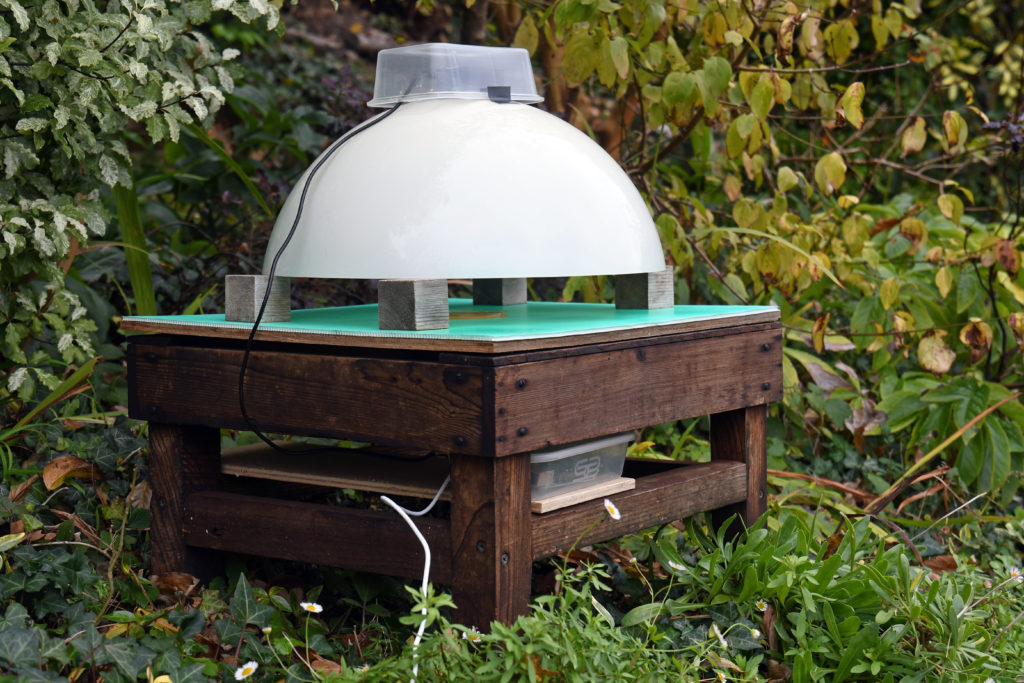
Source: Nature
Training data was collected from several points in Europe and manually annotated so Asian hornets could be properly detected.

Source: Nature
The system can distinguish between Asian hornets and native hornet species. It uses an AI method called layer-wise relevance propagation (LRP), which allows the AI system to correctly identify the importance of each pixel in detecting accurately Asian hornets.
For example, the pixels aligned with the orange band on the fourth abdominal segment, and those around the outer edge of the wing, were among the important data points.
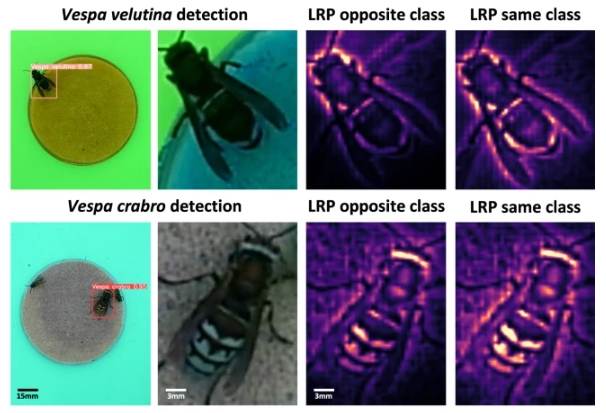
Source: Nature
The machine vision software used was YOLOv5 (You Only Look Once), created by Ultralytics, a software also at the core of self-driving car technology.
Toward Automatized Hornet Neutralization
Thanks to the nonlethal nature of the detector, the Asian hornet could be followed back to its nest, and the nest subsequently destroyed. It also does not kill other species like hornet traps generally do.
By detecting its target continuously without human intervention, VespAI’s ability to detect Asian hornets early on is several orders of magnitude superior to manual identification methods.
This, possibly, makes it the only credible option for detecting invasion early enough to stop it entirely.
Finally, the use of open-source software and low-cost hardware makes the mass deployment of this system realistic and cost-competitive compared to the existing hornet mitigation strategies.
It also does not rely on cloud computing and only uses WiFi connectivity to send alerts once an Asian hornet has been detected. Triggering the AI analysis only once an insect has been detected reduces power consumption.
AI Agriculture Companies
Ecosystem management and agriculture are often viewed as “un-sexy” industries, as far as one can imagine from the tech industry and AI.
This is not true anymore, with plenty of innovative technologies making their way into the agricultural sector, even if none are directly dealing with Asian hornet yet.
1. Arugga
This company, which has raised $5.8 million to date, builds AI-powered robots that use computer vision, developed via the NVIDIA Metropolis platform, to identify flowers ready for pollination and then initiate the process by blasting air pulses at them.
While the bots’ performance is on par with the bumblebees and, in some cases, better by up to 5%, it also comes with the ability to collect and analyze data along the way.
Arugga’s robots have demonstrated yield improvements of up to 20% without sacrificing quality. Its roving ground robot, Polly, works with strawberries, blueberries, tomatoes, and other crops.
Most recently, the company converted Finnish Agrifutura’s 4.6-hectare greenhouse into the world’s first facility to fully utilize robotic pollination technology.
It is also looking to add pest and disease detection to its robots, through a collaboration with Israeli startup ViewNetic. In the future, it also aims to add non-contact pruning, yield prediction, and plant lowering.
2. Advanced.farm
Progresses in machine vision can also be deployed beyond the question of pollination. For example, it can be used to spot and correctly assess the maturity of fruits, and then pick them.
These tasks are usually very labor intensive. Instead, Advanced.farm is using 6 robotic arms, machine vision, and a suction cup to harvest apples without the need for human presence gently.

Source: Advanced.farm
It can also do it at night, allowing for a 24/7 harvest schedule. Advanced.farm has also designed a strawberry harvester, which is 5x more efficient than a human harvester.
So despite a little spooky look when operating at night (see below), it is really safe and efficient.
